Does Red Light Therapy Work Through Clothes? A Comprehensive Exploration
Introduction
In recent years, RLT has earned a lot of prevalence in different health sectors, such as medicine and wellness. LED light therapy is also called laser therapy with low levels of photobiomodulation.
RLT is non-invasive with a lot of health benefits that have made it the talk of the town. One commonly asked question regarding RLT is whether the RLT effectively penetrates through clothing or not.
For those seeking the convenience of at-home treatments with 850 nm red light therapy and 660 nm red light therapy devices, the question emerges: does red light therapy work through clothes?
Stay with Bontanny to learn about whether infrared light therapy works through clothes or not. Let’s dive in.
Understanding Red Light Therapy
Red Light Therapy, also called RLT, is a kind of non-invasive process that tends to utilize various specific wavelengths that are red or near-infrared in order to generate different biological processes within the human body. This kind of therapeutic technique has its benefits and is grounded within the photobiomodulation science; here, light interacts with body cells in order to trigger a broad spectrum of physiological responses.
The ground principle behind the procedure RLT is that specific wavelengths get absorbed by light with the aid of chromophores within the body cells. Specifically, cytochrome c starts to oxidase within the mitochondria. When chromophores start to absorb light, enhanced cellular energy generation starts to take place, this ultimately reduces oxidative stress and then starts to promote tissue regeneration.
There are a number of red light therapy benefits and uses for your health and wellness. In the field of skin health, RLT has showcased its potential by giving solutions to such issues as acne, wrinkles, and permanent scars. This miraculous therapy works wonders by enhancing collagen production and the overall turnover shown by skin cells. As a result, there is improved skin texture.
Also, RLT proved to serve as a valuable tool in pain reduction and management, especially for patients dealing with muscle conditions such as arthritis, muscle soreness, muscle stiffness, and joint pain. LED light therapy ability to boost wound healing is one of the noteworthy applications, it gives a push to the recovery process specifically for patients dealing with surgical incisions and ulcers.
The Physics of Light Penetration
There is physics behind the penetration of light that is crucial to understand, especially when considering infrared light therapy application over permeate clothing.
Red light lies within the electromagnetic spectrum, and it encompasses a broad range of wavelengths. Red light tends to fall into the category of the longer wavelength with the end to any visible spectrum, which makes red light capable of penetration via certain materials.
When the interaction between light and different materials takes place, different processes like absorption, reflection, or transmission start. These kinds of interactions assess the light absorption by a material, how much of light is reflected, and how much of light has passed through.
Plus, various factors should be considered while light penetration takes place, such as light wavelengths, its intensity, and the light angle at which it strikes.
Clothing and Light Absorption
When using red light therapy at home, some individuals prefer to wear clothing for comfort and privacy. The ability of any clothing material to obstruct or pass red light during LED light therapy sessions heavily depends on different factors like the fabric's composition or structure. There are different kinds of fabrics out there that possess different degrees of light absorption. Thicker fabrics, like denim or wool, effortlessly absorb more light as compared to thinner or translucent materials such as cotton or synthetic blends.
Moreover, the fabric color plays a pivotal role; darker colors typically absorb more light as compared to lighter ones. The weave of the different fabrics also influences its light penetration, as tighter weaves tend to obstruct heavy light as compared to those with looser weaves. There are some cases in which there is specialized clothing that is designed for the sake of light therapy; these are made from specific materials optimized to pass desired light wavelengths while fabric provides adequate coverage.
All of these factors determine how effectively red light penetration during RLT sessions can be conducted, these factors inform the overall clothing choice in order to attain optimal results.
If you want to create a comfortable and relaxing atmosphere for your red light therapy sessions, consider buying red lights for bedroom.
Empirical Studies and Findings
Various Empirical studies determining the high effectiveness of professional led light therapy machine via clothing have talked about this practical point of therapy. These specific studies typically investigate whether RLT can harness desired physiological outcomes when applied via different clothing types.
The outcomes vary as they depend on factors such as fabric type, thickness, or targeting specific light wavelength to be used in the therapy. Findings showcase that RLT has the ability to penetrate into the clothing to some point, but the varying degree of penetration might be influenced by different evident factors.
Results: How Effective is RLT When Applied Through Clothes?
The pure effectiveness of LED red light when being applied via clothing may vary. Fabrics that are thinner or more translucent, such as lightweight cotton or any synthetic materials, allow a rather big proportion of light to pass through clothing, resulting in noticeable benefits.
Conversely, fabrics that are thicker or kind of opaque, such as denim or any heavy wool, might obscure light penetration; this would ultimately reduce the therapy's effectiveness. Many studies point out the positive results of RLT application while it's administered via clothing, especially for the sake of wellness applications. But, for therapeutic purposes like skin rejuvenation and skin exposure to light, these are generally taken into consideration for generating optimal results.
Limitations and Considerations in Interpreting the Findings
It's crucial to take into account the limitations of these types of studies, especially when interpreting their findings. There would be variability within the clothing materials or individual responses related to LED red light.
The differences in specific study designs may influence overall results. Moreover, various specific wavelengths integrated by RLT devices might influence the effectiveness of light penetration within the clothing.
That is why, as these studies provide significant insights, the findings should be taken into account while practical considerations for using LED red light.
Practical Implications
For people considering RLT application, they should take into account some practical implications such as:
1.Recommendations:To generate maximum RLT benefits, it's suggested to wear fabrics that are lightweight and breathable with fewer layers. Those fabrics that allow light penetration to some extent, like those with fewer weaves or lighter tones, are way more suitable.
However, for RLT applications for the sake of skin health or wound healing, there should be direct skin exposure to light in order to obtain optimal results.
2.Importance of Direct Skin Exposure:if aiming for targeted therapeutic effects, you should go for direct skin exposure via an RLT device.
This would minimize all of the potential restrictions caused by clothing pieces and will pass the light directly to the skin and its underlying tissues.
3.Situations Where Using RLT Through Clothing Might Be Beneficial or Necessary:Sometimes, there are situations when RLT usage over clothing becomes more practical and crucial, sometimes due to privacy concerns or modesty.
In these kinds of cases, it's important to choose clothing that has appropriate properties, like it should be lightweight or less opaque; this would help to improve the overall effectiveness of RLT.
Frequently Asked Questions
Can RLT harm fabrics?
Red light therapy device generally has no effect or harm on fabrics, because it uses low-intensity light or what you may call a red or near-red infrared spectrum. These specific wavelengths do not cause any significant damage to any fabrics. But the caution is that prolonged periods or extended exposure to RLT might cause subtle effects such as fading of colors, but it would be unnoticeable.
How can one optimize RLT sessions if direct skin exposure isn't possible?
If there is direct skin exposure with the application of RLT, there are some ways by which one can optimize RLT benefits during its sessions, even when RLT is used over clothing:
1.Choose the Right Clothing: Try to choose clothing that is made from lightweight or breathable materials, mostly fabrics with a looser weave and light tones. These kinds of fabrics allow light penetration evenly, whether it's red or near-infrared light.
2.Minimize Layers: Try to avoid wearing multiple clothing layers, as this might further obstruct the right amount of light reaching the upper layer of skin. Try to pick single-layer clothing if it's possible.
3.Adjust Duration:If you're applying RLT via clothing, you would be required to extend the session duration in order to compensate for the amount of reduced light penetration. It is advised to consult the manufacturers for recommendations during session hours.
4.Maintain Consistency: Try to show consistency with the RLT routine. There should be regularity in your sessions, no matter if it's done via clothing, there are still many chances to yield benefits from it.
5.Consider a Full-Body Approach: If you're aiming for specific areas for application, you should consider the RLT devices that cover your specific body areas or various panels in order to ensure that a required portion of your skin gets the light.
Are there any risks associated with RLT through clothing?
When applying RLT through clothing, mostly no significant risks associated with RLT are observed. Red or near-red infrared light is typically used in the RLT procedure; these are non-ionizing with a relatively low potential for any harm. But it's important to have a few considerations in mind beforehand:
1.Reduced Effectiveness:The major risk is a reduction in RLT effectiveness when specifically administered via clothing. The fabrics that are thicker or more opaque fabrics might obstruct light, which might lead to lessening the major therapeutic benefits.
2.Skin Irritation: In a few cases, there was prolonged exposure to RLT via clothing. Also, when the fabric is not breathable at all, it leads to skin irritation or skin discomfort. Make sure that the used clothing during sessions is comfortable and breathable.
3.Limitations for Specific Applications: For repeated therapeutic purposes, like skin rejuvenation or any scar or wound healing, there will be direct skin exposure, which is why it is recommended, as it has greater efficacy. RLT usage via clothing might not harness the desired results in these kinds of cases.
Conclusion
The Red light therapy device is versatile in nature with promising therapeutic techniques. Its application ranges from skin benefits to pain management and much more. If we talk about Its effectiveness, especially when directly applied over clothing, it tends to depend on different factors, like the fabric type, its thickness, and the specific light wavelength to be used.
While it's true that LED red light has the ability to penetrate through clothing to some extent, skin exposure via a direct light source is mostly preferred for better results in the case of specific therapeutic applications. It's crucial to understand these technicalities in order to harness the maximum RLT potential and tailor its usage to individualistic needs; all of this will ensure effective treatment outcomes.
Are you looking to buy a professional led light therapy machine? Visit Bontanny to buy a red light therapy device at affordable prices. Our devices are best designed to reduce pain, relax muscles/joints, and increase blood circulation

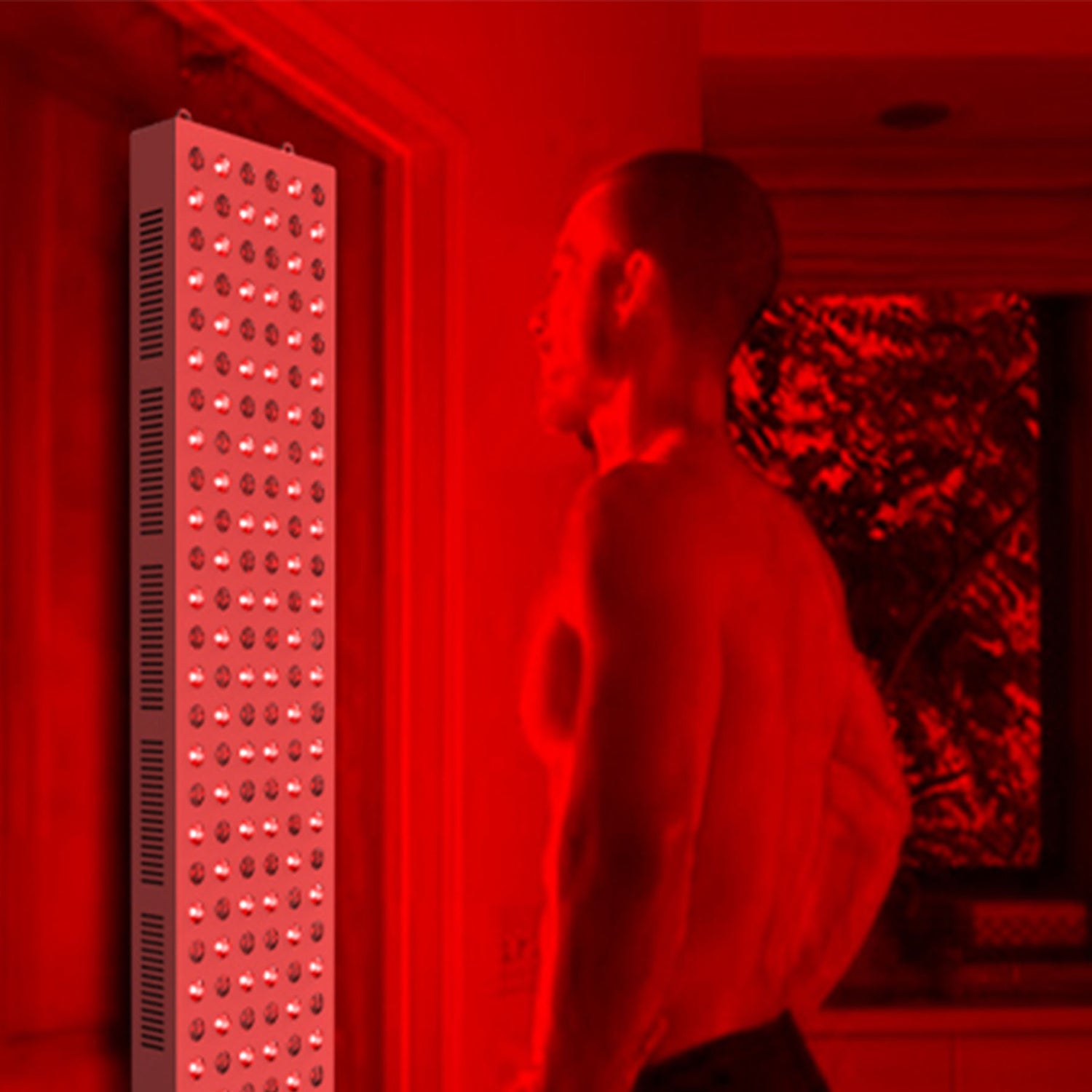
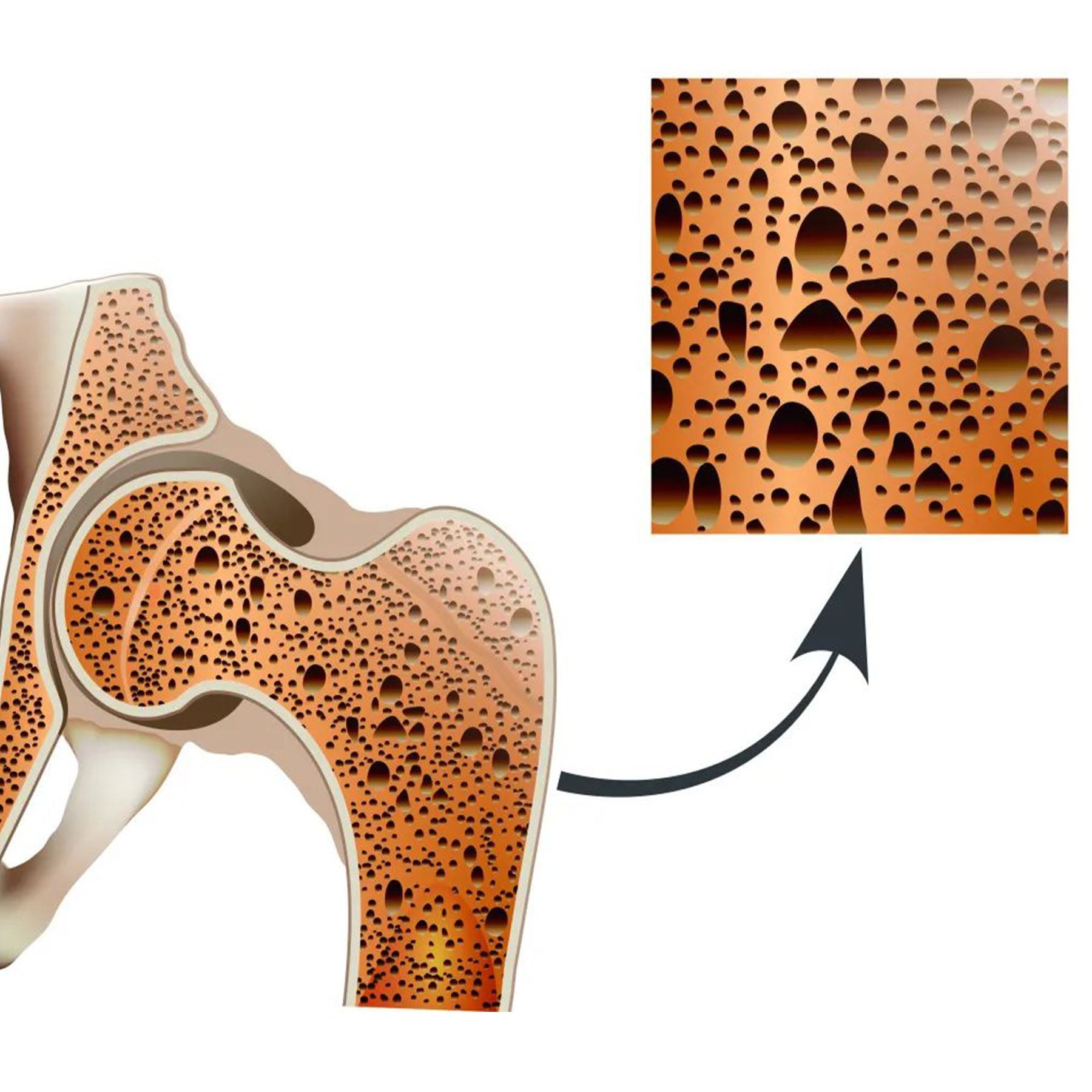
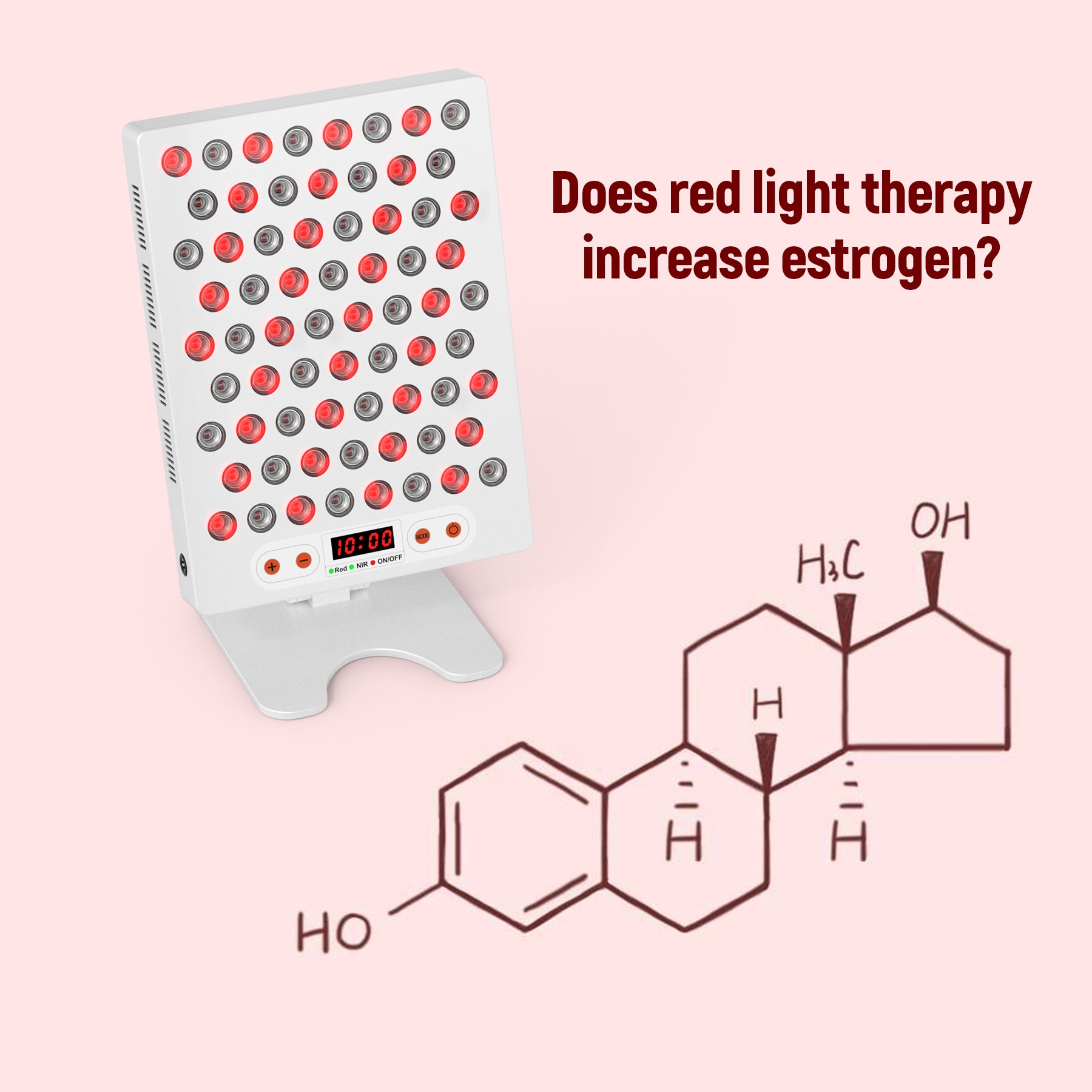
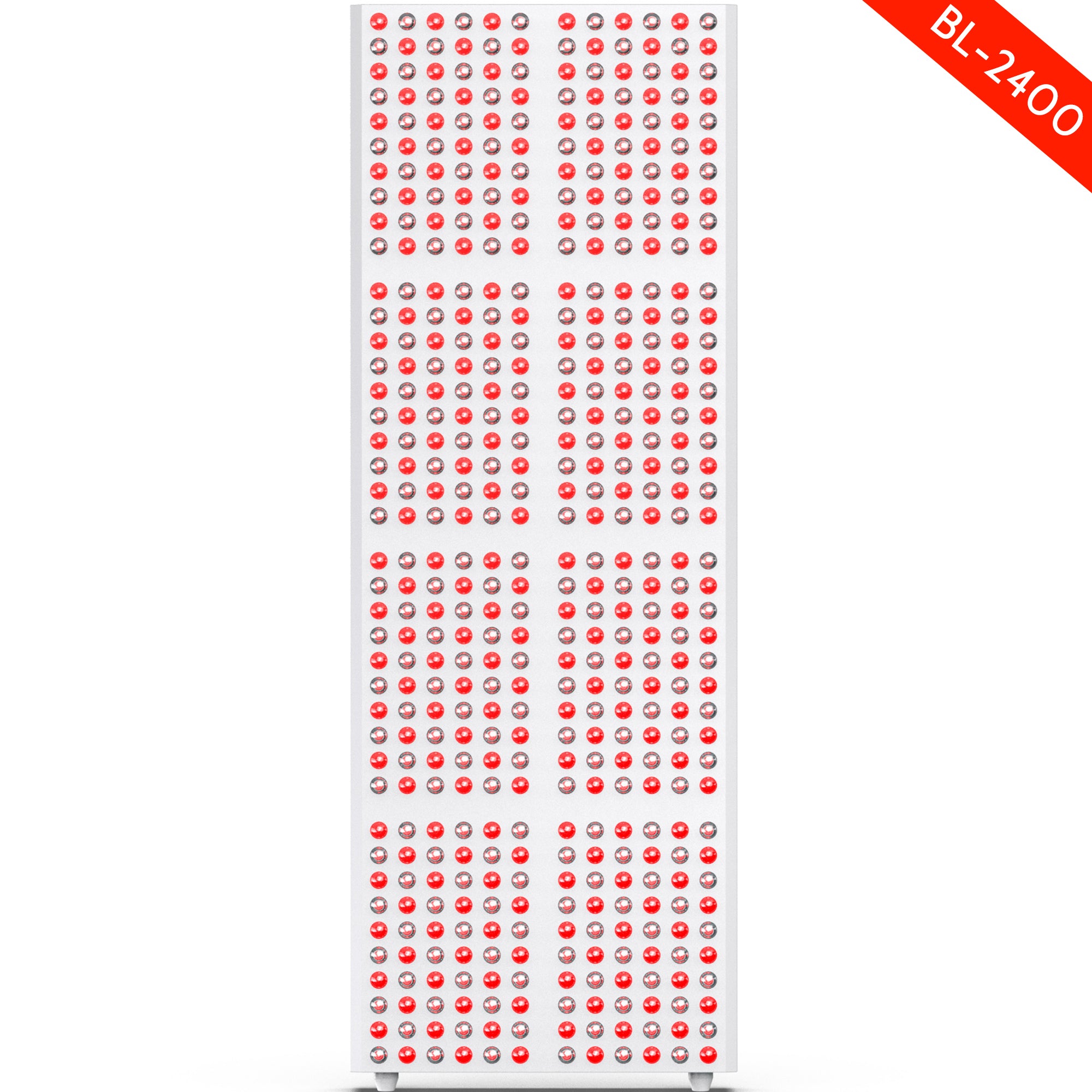
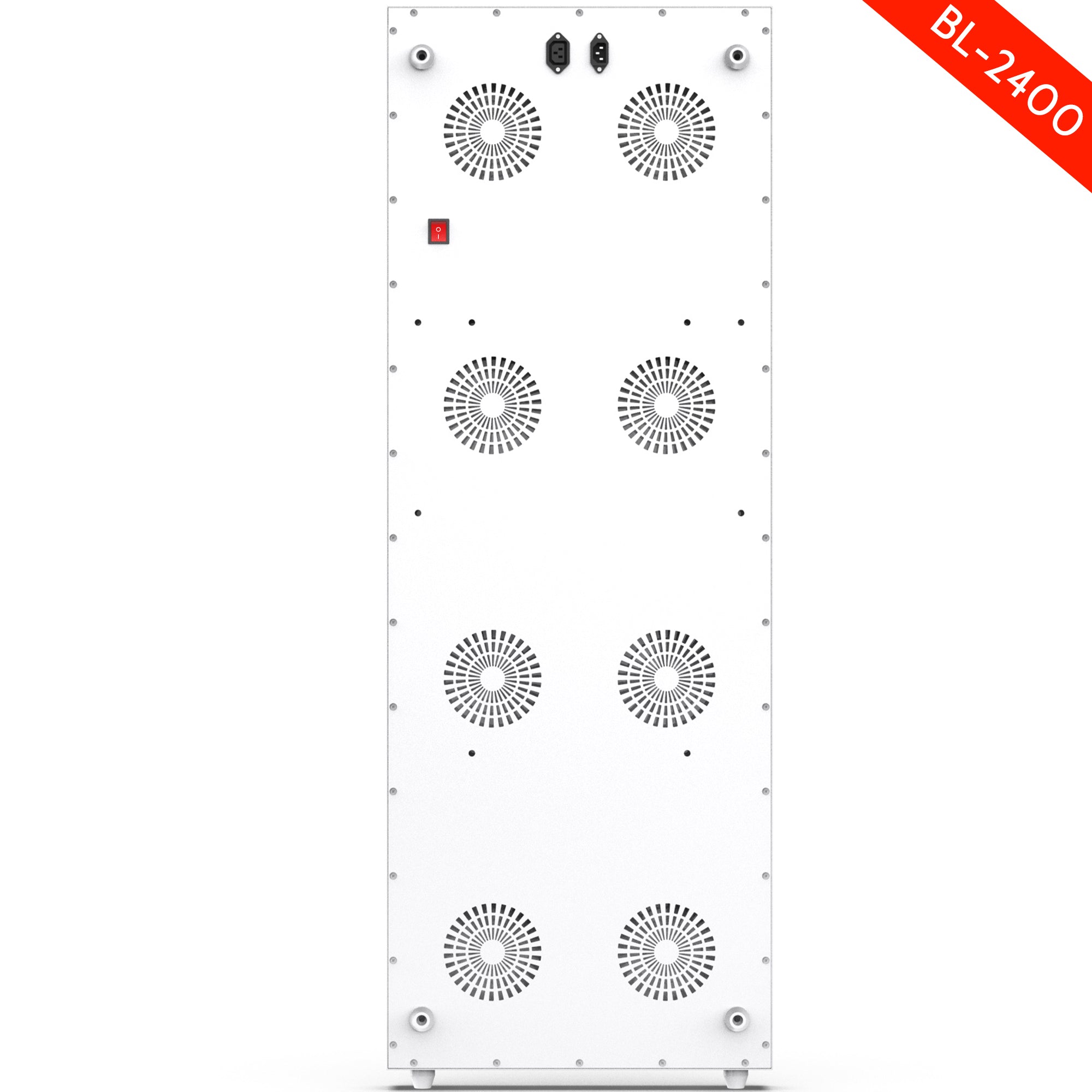
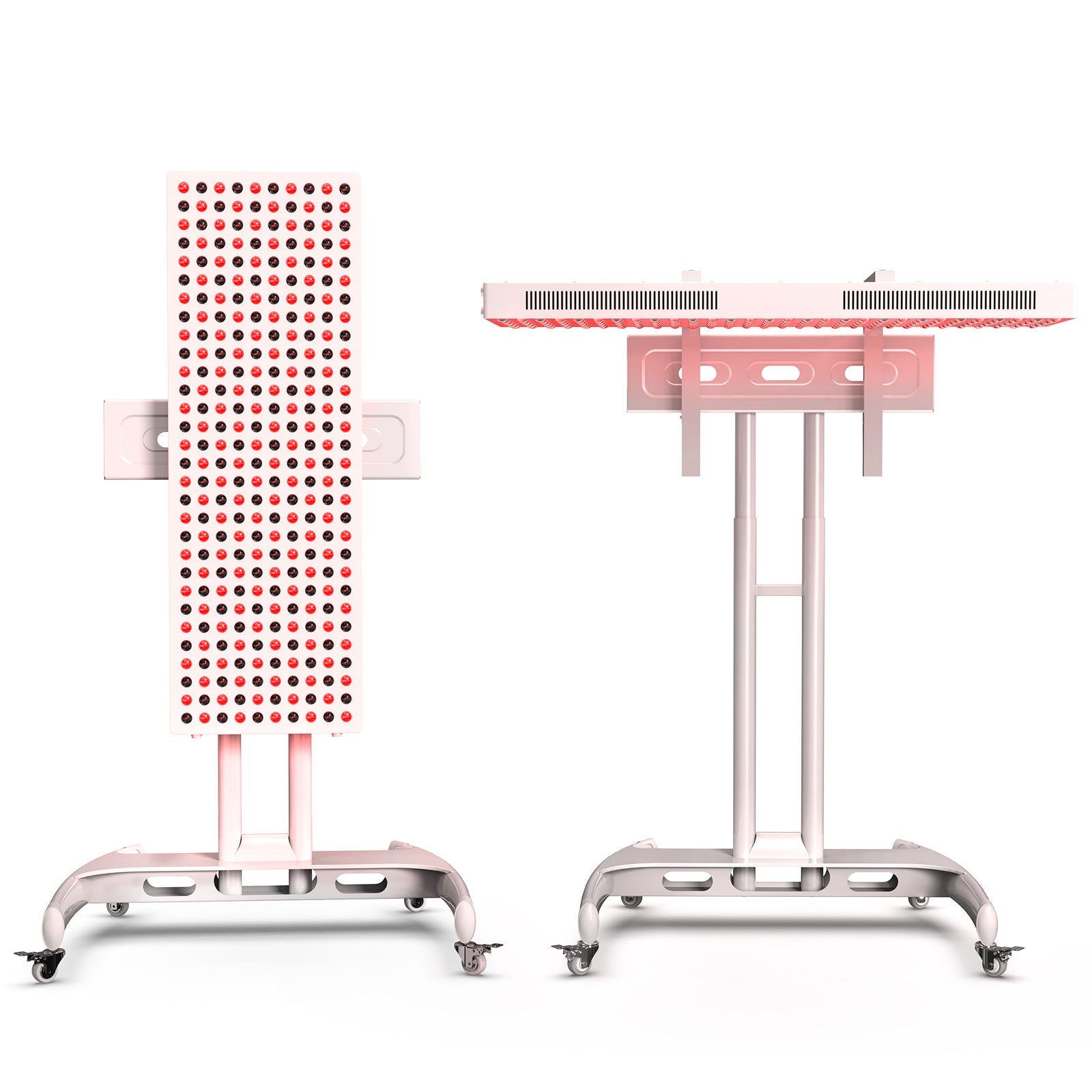
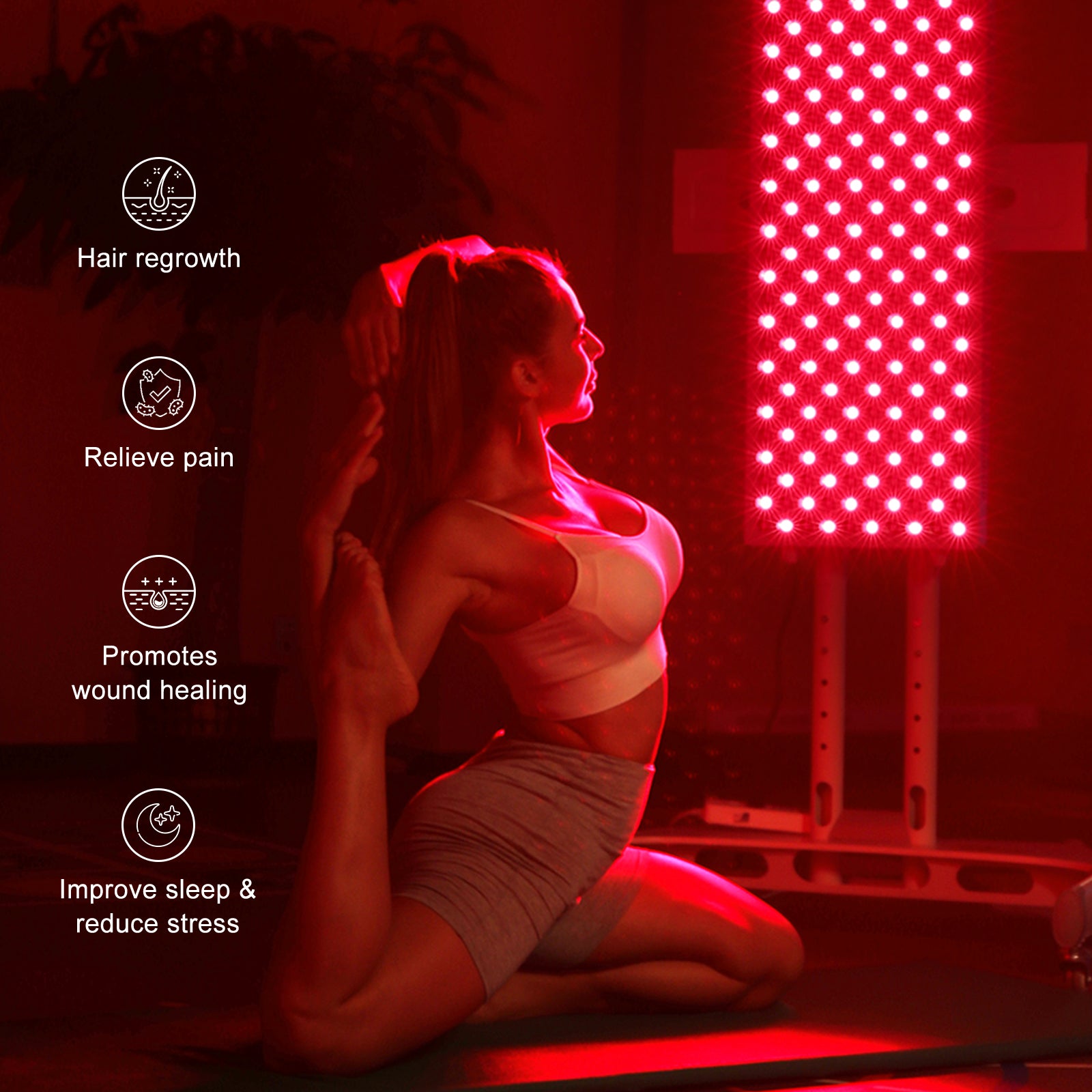
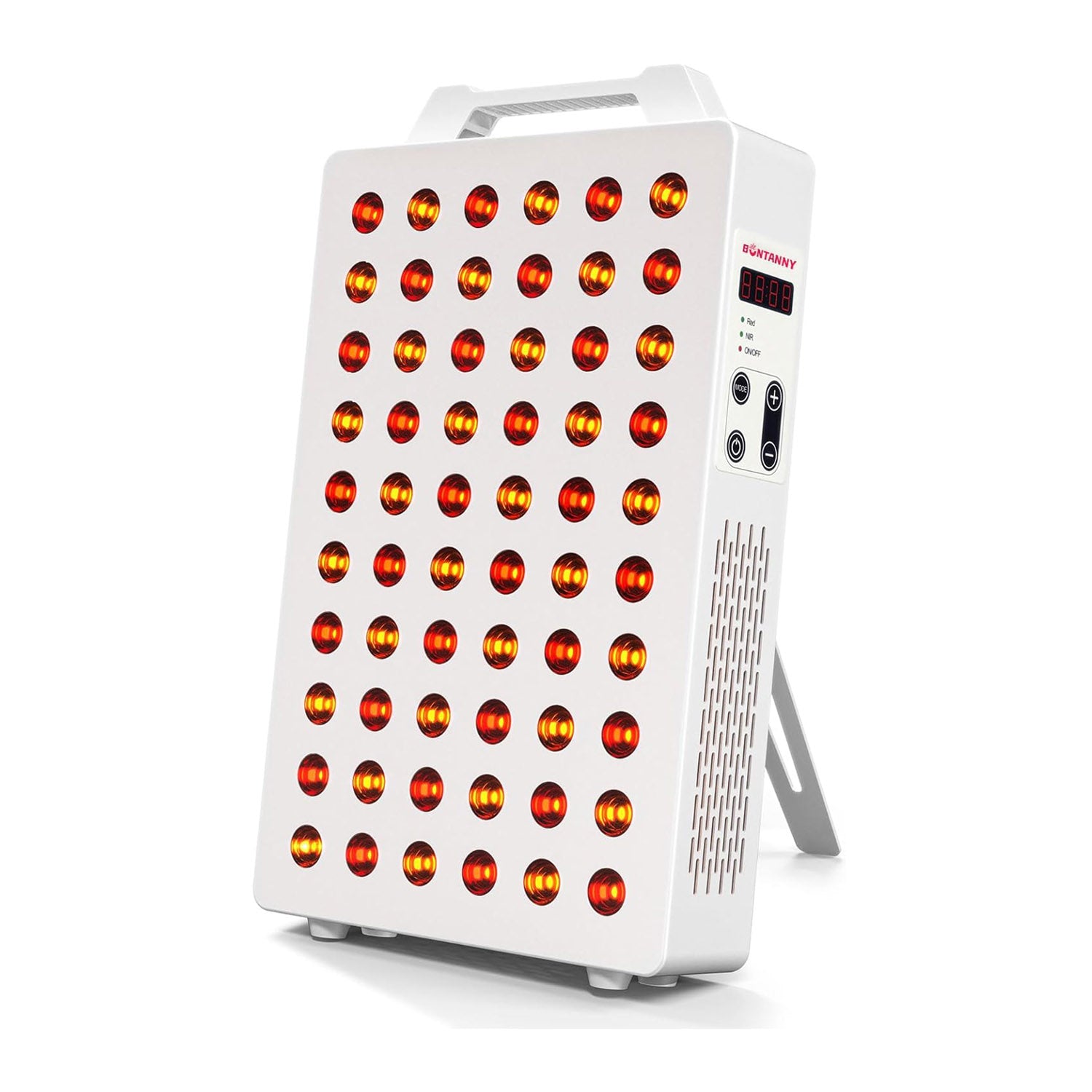
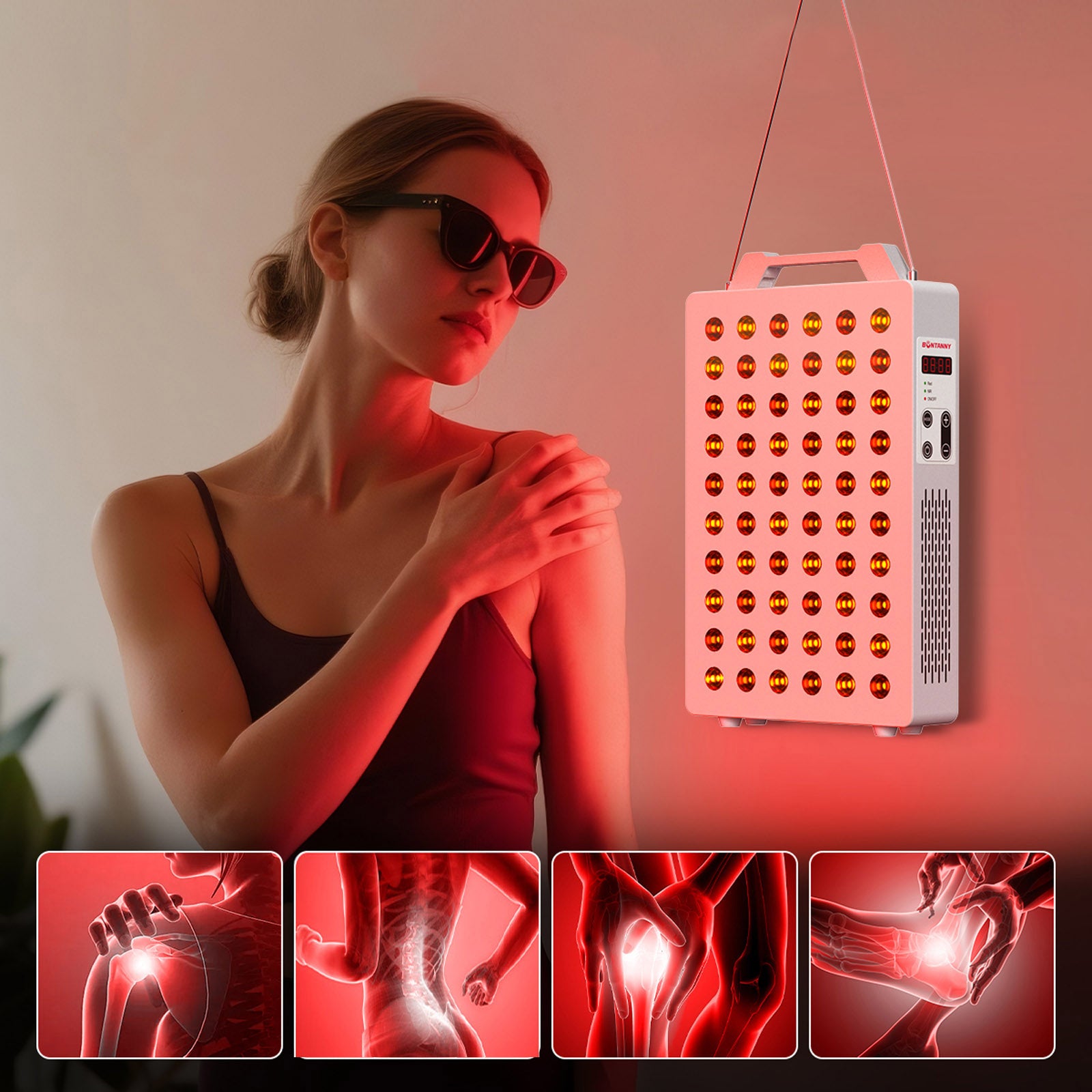
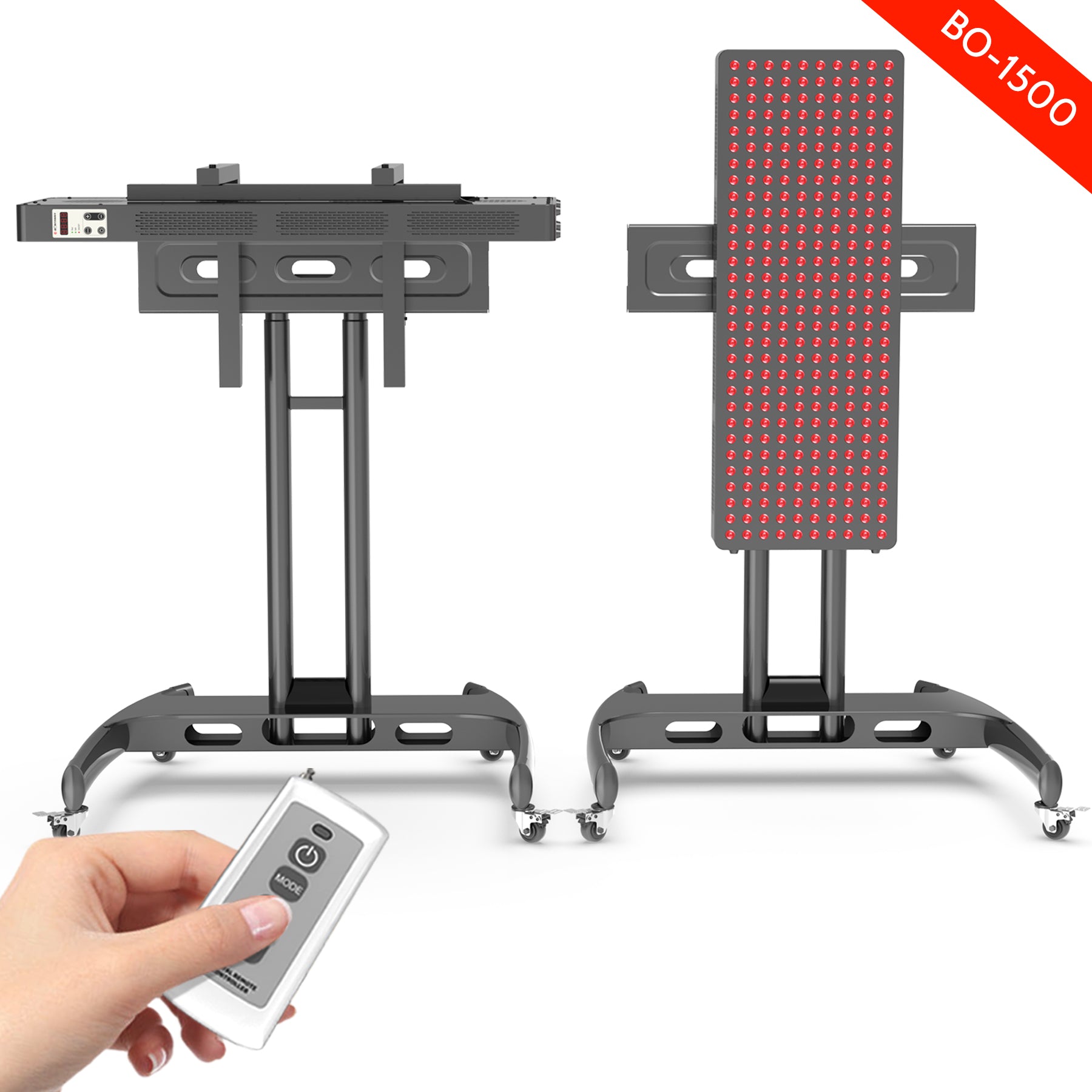
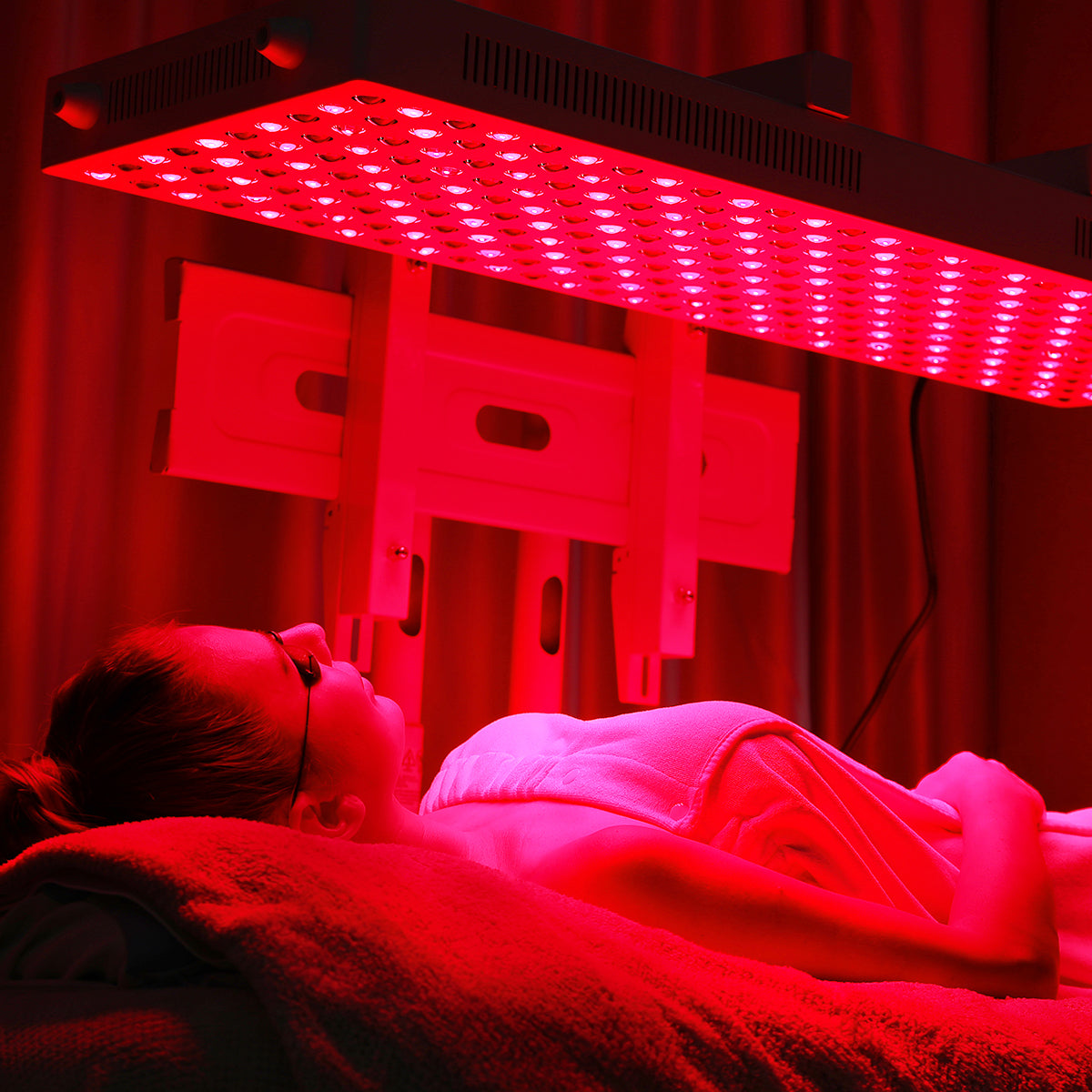
Leave a comment
This site is protected by hCaptcha and the hCaptcha Privacy Policy and Terms of Service apply.